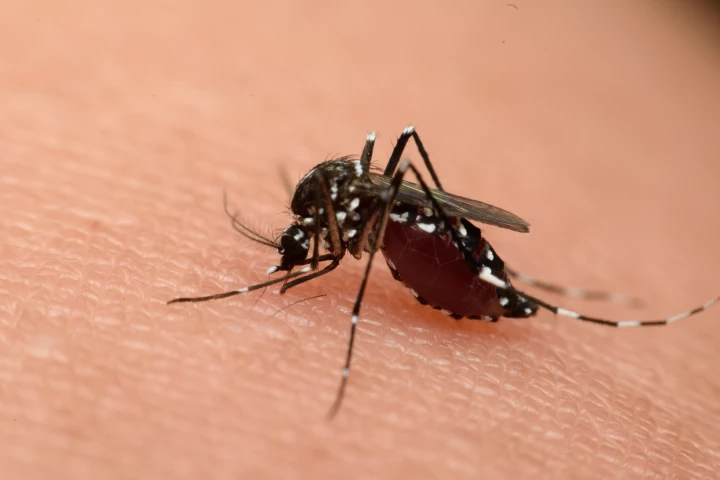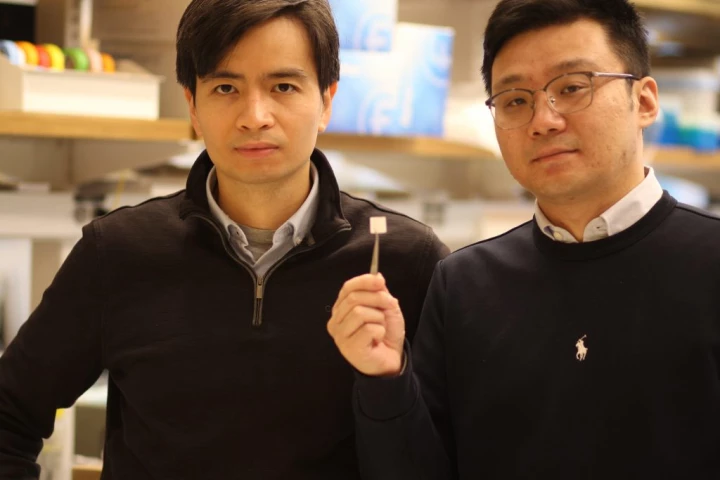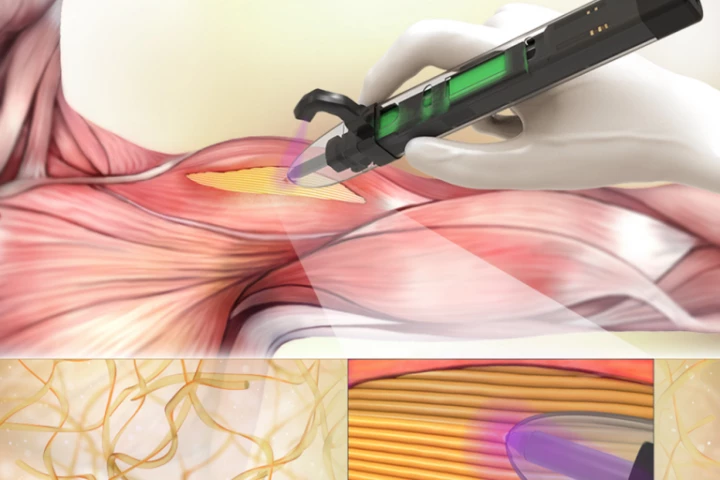University of Connecticut
-
Scientists fed fruit flies a diet to make them extra plump. In their old age, the researchers put them on a diet and found remarkable results. If the findings transfer to humans, it might mean we can improve our health at any age by cutting calories.
-
Researchers have tackled the ‘Are eggs good for us?’ debate in a new way. Adopting a broader approach than previous studies, they found that, overall, eating whole eggs improved the health of young adults.
-
In a fight against Iron Man, you might be better off betting on Glass DNA Nanolattice Man instead. Engineers have developed a very strong and lightweight new material out of DNA that self-assembles into lattices, and is then coated in glass.
-
No one enjoys tossing and turning the night away in a hot, stuffy tent, but those days may be coming to an end. A University of Connecticut researcher is working on a tent design that would deliver A/C-like cooling using nothing more than water.
-
A new design for a deep brain stimulation implant could greatly improve the experience of living with these devices, by using integrated triboelectric generators to convert a user’s breathing movements into electricity.
-
A torn rotator cuff can be debilitating enough on its own, but unfortunately once such an injury has occurred, it's more likely to happen again. An experimental new mesh could help keep that from happening, thanks to tiny pieces of graphene.
-
Researchers have discovered how some viruses can alter the smell of their host in order to attract mosquitoes. A study found dengue and Zika viruses can alter a host’s skin microbiome to enhance the volume of odor molecules that draw in mosquitoes.
-
By stimulating cells to reproduce, electricity has already been shown to help heal soft tissue injuries. Now, an electricity-producing implantable material likewise appears to boost the regrowth of cartilage in compromised joints.
-
A new study has explored how damaged, lingering cells called senescent cells can negatively influence the behavior of fat cells, and demonstrated how their removal can alleviate diabetes symptoms in obese mice.
-
Studies have already shown that electrical stimulation helps heal wounds, including broken bones. Scientists have now developed what could be a better way of delivering electricity to such bones, in the form of a biodegradable implant.
-
We've already heard about implantable materials with a scaffolding-like microstructure, that help heal broken bones by giving bone cells a place to migrate into. A new one could work even better, though, by also providing electrical stimulation.
-
When someone suffers a loss of skeletal muscle, it can be very difficult getting new muscle to grow in its place. A new handheld device is designed to help, however, by directly depositing scaffolding within the patient's body.
Load More











